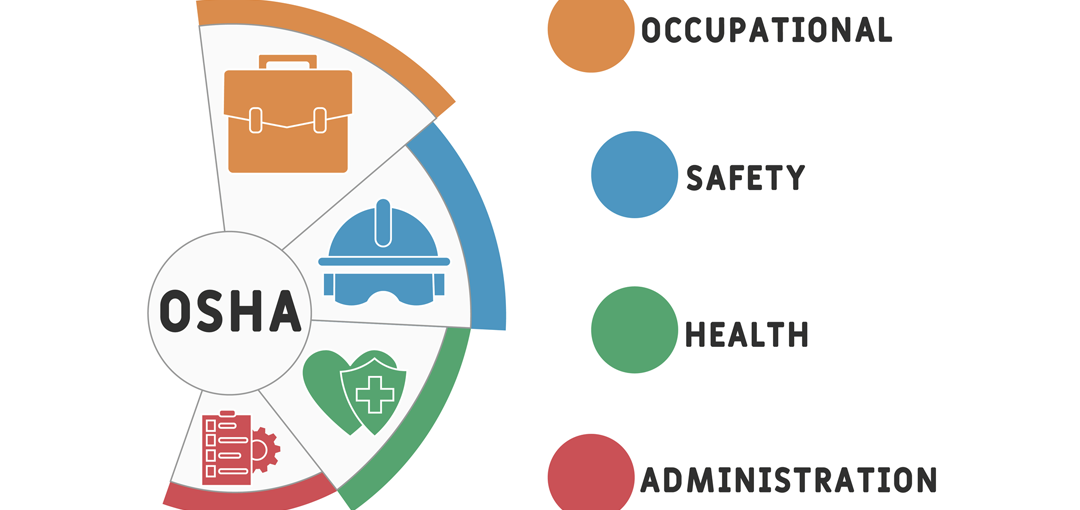How To Meet OSHA Requirements For CPR & AEDs
How To Meet OSHA Requirements For CPR & AEDs
September 4, 2023 |
Creating a safe and secure work environment is a top priority for any organization. In this pursuit, meeting Occupational Safety and Health Administration (OSHA) requirements holds paramount importance. One critical aspect of workplace safety is being prepared to respond to medical emergencies effectively. OSHA mandates certain guidelines for CPR (Cardiopulmonary Resuscitation) and AEDs (Automated External Defibrillators) to be in place, helping to ensure a swift and efficient response in case of cardiac arrest. In this article, we will look into the details of OSHA requirements for CPR and AEDs, guiding you through the steps to meet these regulations and create a workplace that prioritizes the well-being of its employees.
Understanding OSHA’s Emphasis on CPR and AEDs
OSHA, the federal agency responsible for setting and enforcing workplace safety regulations in the United States, places a significant emphasis on preparedness for medical emergencies. Cardiac arrest can occur suddenly and without warning, making it crucial for workplaces to have the necessary tools and trained personnel to respond promptly. To address this, OSHA has outlined specific requirements related to CPR and AEDs that employers must adhere to in order to maintain a safe and compliant work environment.
OSHA Requirements for CPR Training
One of the fundamental OSHA requirements pertaining to CPR is the provision of adequate training to employees. Ensuring that a sufficient number of employees are trained in CPR equips your workplace with a valuable skill set that can make a life-saving difference during critical moments. OSHA does not prescribe the exact number of employees who should be trained, but it does mandate that there should be enough trained personnel available at all times to respond to emergencies without any delays.
Training should be conducted by certified instructors and cover essential aspects of CPR, including chest compressions, rescue breaths, and the use of an AED. Training should ideally be hands-on, allowing participants to practice these techniques under realistic scenarios. Regular refresher courses are also recommended to ensure that employees maintain their proficiency in CPR.
Placement and Accessibility of AEDs
AEDs are devices that can analyze the heart’s rhythm and, if necessary, deliver an electric shock to restore a normal heartbeat during sudden cardiac arrest. OSHA mandates the proper placement and accessibility of AEDs within the workplace. AEDs should be located in areas where the likelihood of cardiac arrest is higher, such as areas with a large number of employees, areas with potential electrical hazards, or remote locations where emergency medical services might take longer to arrive.
These devices must be clearly marked with visible signage and easily accessible to all employees. Regular checks should be conducted to ensure that the AEDs are in working condition, batteries are charged, and electrode pads are within their expiration dates.
Maintaining AEDs and CPR Equipment
Meeting OSHA requirements goes beyond just procuring AEDs and providing CPR training. Regular maintenance and upkeep of both AEDs and CPR equipment are essential to ensure their functionality when needed. AEDs should be maintained according to the manufacturer’s recommendations, which may include regular self-tests and battery replacements.
Similarly, CPR equipment, such as manikins used for training, should be in good condition and regularly inspected. Proper sanitation practices for shared equipment should also be in place to prevent the spread of infections.
Developing an Emergency Response Plan
OSHA requires employers to have a comprehensive emergency response plan in place, which should include protocols for responding to cardiac arrest incidents. This plan should outline the steps to take when an emergency occurs, the roles and responsibilities of designated responders, and communication procedures to alert emergency medical services.
Employees should be familiar with the emergency response plan through regular drills and training exercises. Simulating various scenarios helps ensure that everyone knows their roles and can execute them effectively under pressure.
Recordkeeping and Documentation
Maintaining accurate records and documentation is a vital component of OSHA compliance. Employers should keep records of CPR training sessions, including the names of trained employees and the dates of training. Records of AED maintenance, including test results and battery replacements, should also be documented.
Documentation serves as evidence of your commitment to maintaining a safe workplace and can be invaluable in case of an OSHA inspection or audit. Having organized records demonstrates that you are actively meeting the necessary requirements for CPR and AED preparedness.
Prioritizing Safety and Compliance
Incorporating OSHA requirements for CPR and AEDs into your workplace practices is not just a matter of regulatory compliance—it’s a commitment to the safety and well-being of your employees. By understanding and implementing these guidelines, you create an environment where employees feel secure and confident in the event of a medical emergency. Through proper training, well-maintained equipment, and a robust emergency response plan, you empower your workforce to act swiftly and effectively, potentially saving lives when every second counts. Remember, compliance with OSHA requirements for CPR and AEDs is a continuous journey toward creating a safer and healthier workplace for all.
